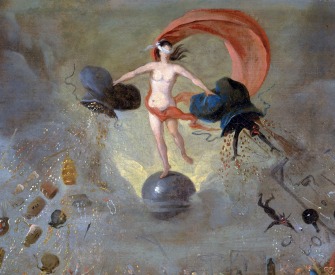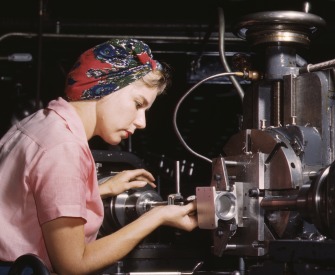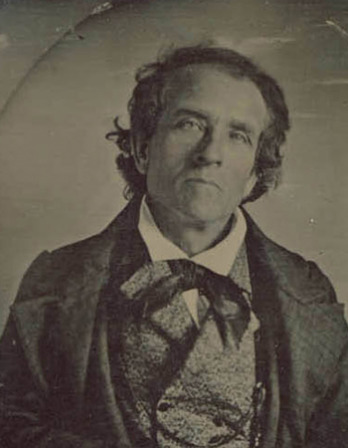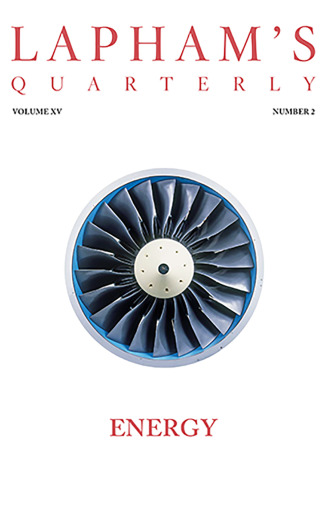On Monday morning, March 29, 1813, a chimney sweeper by the name of Griggs attended a small chimney in the brewhouse of Messrs Calvert and Co. in Upper Thames Street; he was accompanied by one of his boys, a lad about eight years of age, of the name of Thomas Pitt. The fire had been lighted as early as two o’clock the same morning and was burning on the arrival of Griggs and his little boy at eight. The fireplace was small, and an iron pipe projected from the grate some little way into the flue.
This the master was acquainted with (having swept the chimneys in the brewhouse for some years), and therefore had a tile or two broken from the roof in order that the boy might descend the chimney. He had no sooner extinguished the fire than he suffered the lad to go down, and the consequence, as might be expected, was his almost immediate death, in a state, no doubt, of inexpressible agony. The flue was of the narrowest description, and must have retained heat sufficient to have prevented the child’s return to the top, even supposing he had not approached the pipe belonging to the grate, which must have been nearly red-hot; this however was not clearly ascertained on the inquest, though the appearance of the body would induce an opinion that he had been unavoidably pressed against the pipe. Soon after his descent, the master, who remained on the top, was apprehensive that something had happened and therefore desired him to come up; the answer of the boy was, “I cannot come up, master, I must die here.” An alarm was given in the brewhouse immediately that he had gotten stuck in the chimney and a bricklayer who was at work near the spot attended, and after knocking down part of the brickwork of the chimney, just above the fireplace, made a hole sufficiently large to draw him through. A surgeon attended, but all attempts to restore life were ineffectual. On inspecting the body, various burns appeared; the fleshy part of the legs and a great part of the feet more particularly were injured; those parts too by which climbing boys most effectually ascend or descend chimneys, viz., the elbows and knees, seemed burned to the bone; from which it must be evident that the unhappy sufferer made some attempts to return as soon as the horrors of his situation became apparent.
From “Report from the Committee on Employment of Boys in Sweeping Chimneys.” The parliamentary committee met to discuss the efficacy of “An Act for the Better Regulation of Chimney Sweepers and Their Apprentices,” which had been passed in 1788. Among other things, they found that children “are stolen from their parents, and inveigled out of workhouses…that pins are forced into their feet by the boy that follows them up the chimney in order to compel them to ascend it; and that lighted straw has been applied for that purpose.”
Back to Issue




